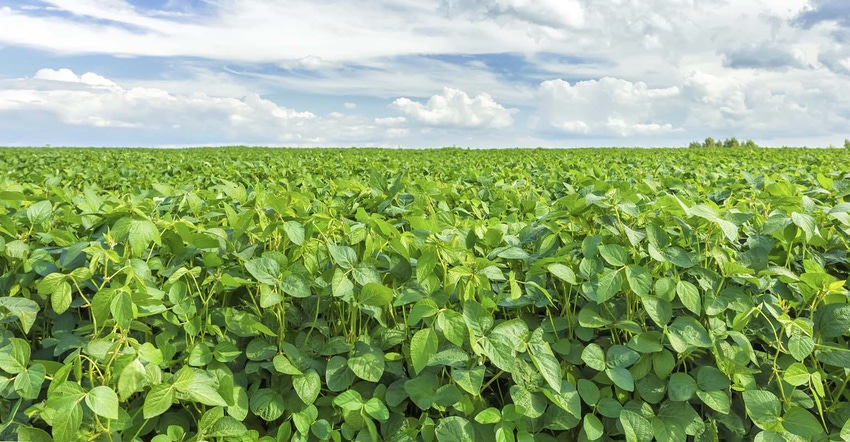
U.S. farmers should shift some corn acres to soybeans in 2017 as prices favor the oilseed, also farmer income in 2017 is seen at $62.3 billion a nearly 9% drop from 2016 due to lower returns for cattle and wheat, USDA said on the opening day of its annual outlook forum.
For the crops, U.S. farmers are forecast to plant 88 million acres of soybeans this spring, a 5.5% increase from 2016, while corn acreage should drop 4.2% to 90 million. The 88 million for soybeans is close to trade forecasts, while the corn acreage is down slightly from trade expectations.
“The last time the ratio during February was this favorable to soybeans was in 1997, which preceded the takeoff of corn ethanol in the United States and robust growth in China’s soybeans imports,” USDA Chief Economist Robert Johansson told the forum.
The decline in corn acreage should reduce production from last year’s 15.15 billion bushels, but large beginning stocks may “temper the decline in supplies,” the economist said.
“USDA’s estimates were in line with trade guesses and caused little surprise in the market as a result,” said Bryce Knorr, Farm Futures senior grain analyst. “Confirmation of potential for a big increase in soybean plantings pressured March soybeans to a test of its February lows at $10.17 but the market appears to be holding.”
Prices for most crops should be flat to slightly higher for the 2017/2018 marketing year. Corn’s average price was forecast at $3.50 a bushel, up 3% from 2016, and soybeans at $9.60, up 1.1%.
“With commodity prices rising slightly from low levels we expect to see an increase in idled acres, acres that had been brought into production as commodity prices rose.” Johansson said.
The acreage and price forecasts will be plugged into spreadsheets, but Knorr said the real news being made now is in South America, where production looks very good.
“Estimates of Brazilian production are on the rise, with some local estimates 140 million bushels above USDA’s February estimate. That may be a bigger concern to the market right now than acreage, as it tries to confirm winter lows and move on,” said Knorr.
Key items and forecasts from forum include:
One in five cotton, wheat, hog and poultry farms have debt-to-asset ratios of more than 40%, and those farms are in a highly to very highly leveraged situation and more vulnerable to low prices.
Demand for USDA’s FSA loans increased last year to a record high, however data from the Kansas City Federal Reserve show the volume of new farm loans declined significantly in fourth quarter 2016.
Farmers are refinancing debt and seeking longer repayment terms at slightly higher interest rates.
Expects the farm bankruptcies to continue less than 2% per 10,000 farms. The rate was nearly double that in 2003 and 10 times that in 1987.
U.S. agricultural exports are forecast at $136 billion in fiscal 2017 (Oct-Sept). Increases seen for Canada, China and Mexico, which combined buy 45% of total U.S. ag exports.
About the Author(s)
You May Also Like




